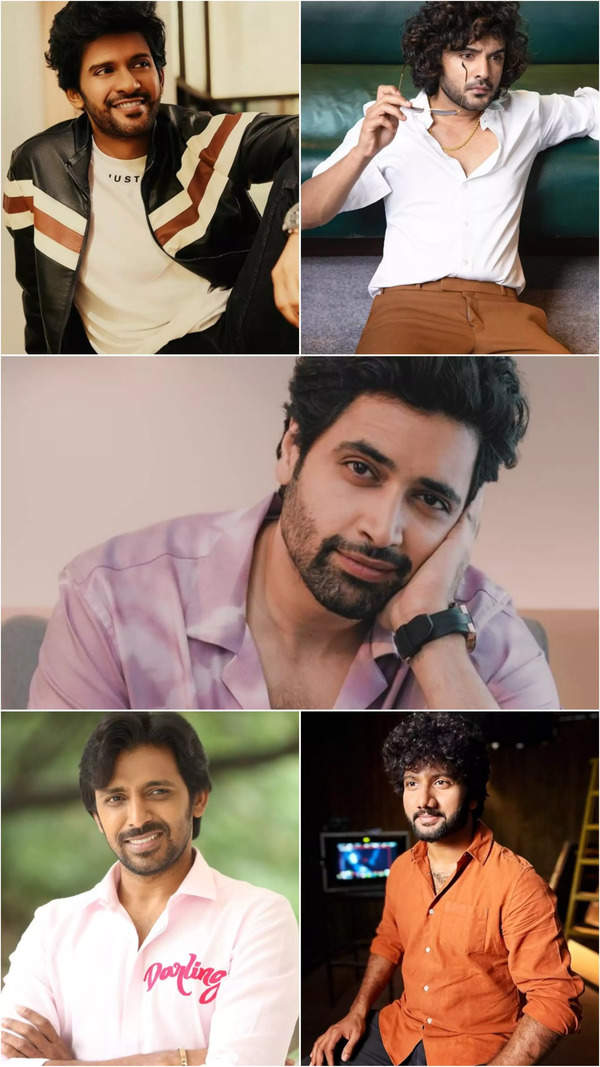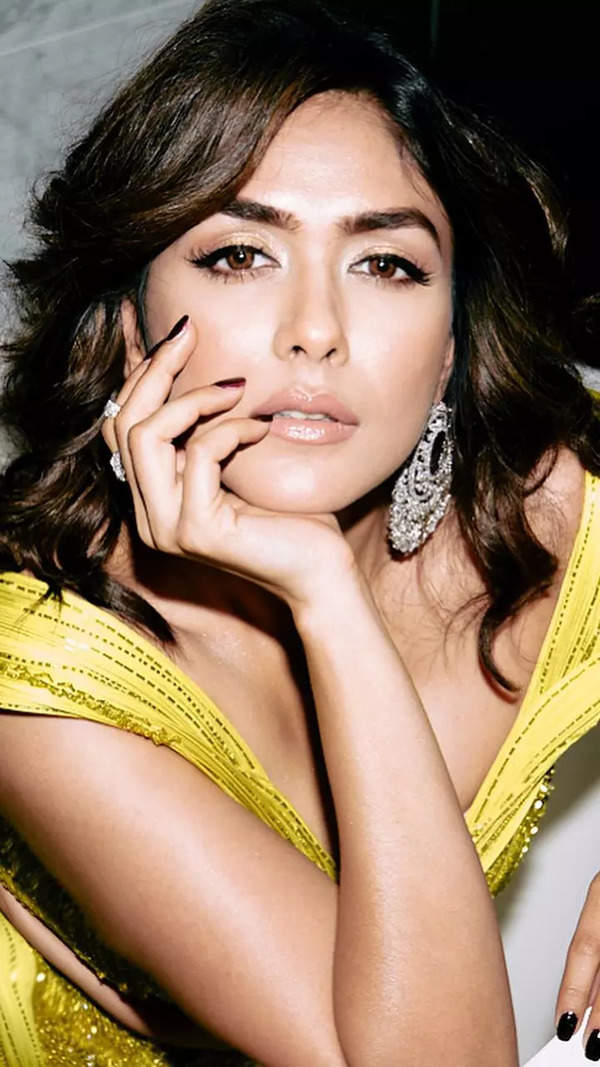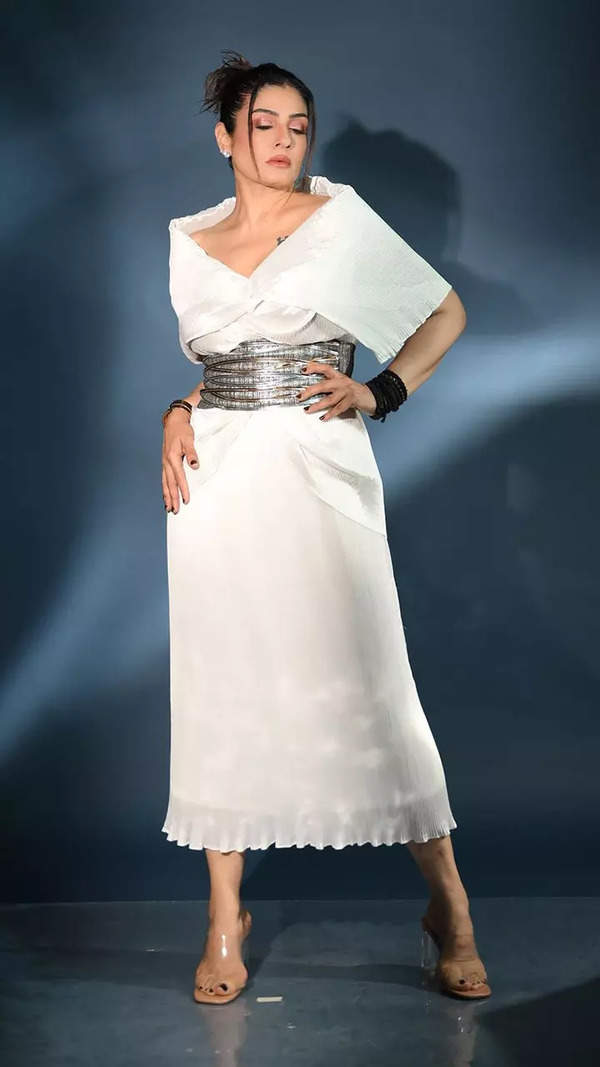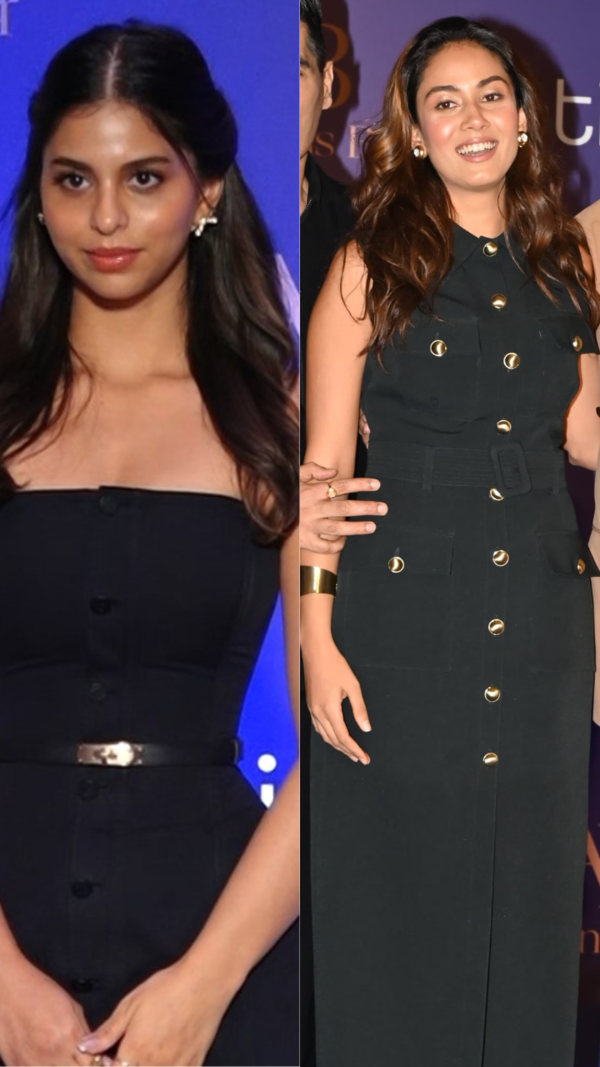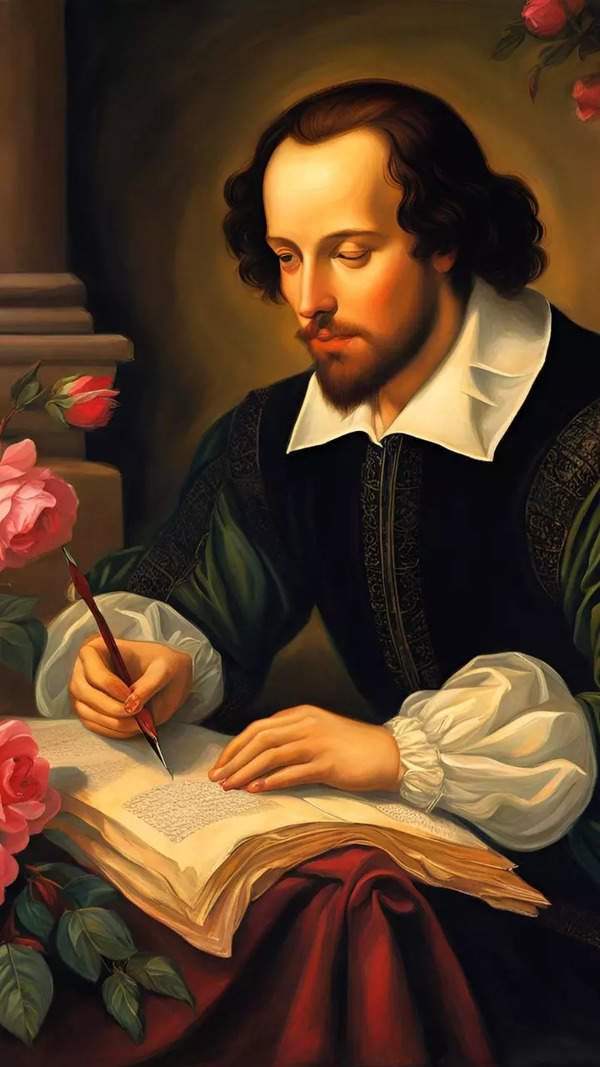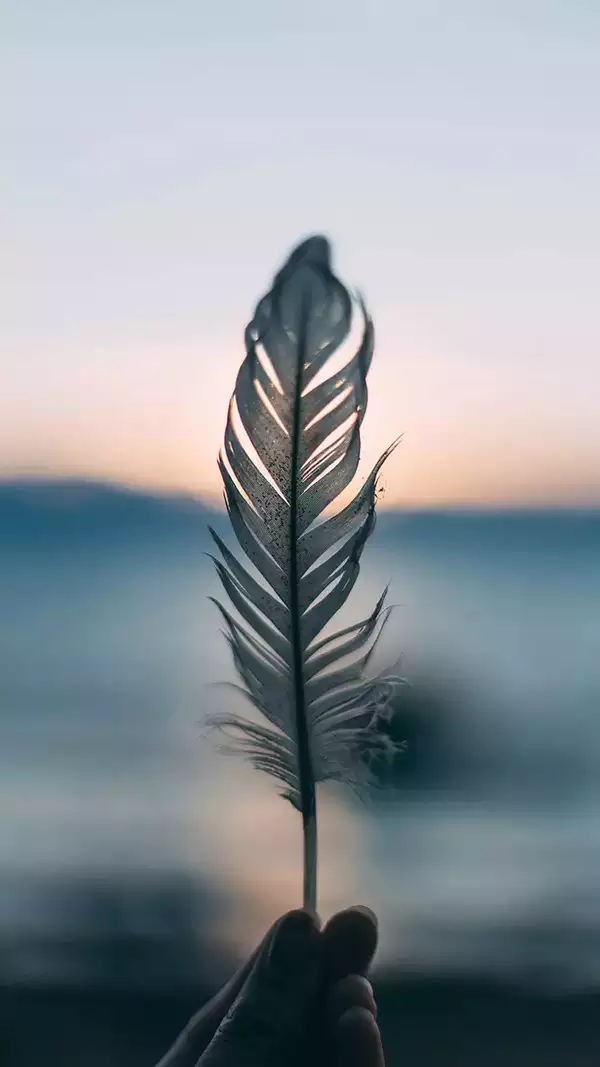- News
- entertainment
- tamil
- music
- Lalgudi Jayaraman a treasure house of music: Padma Shankar
Trending
This story is from January 4, 2018
Lalgudi Jayaraman a treasure house of music: Padma Shankar
Born and brought up in Mumbai, even as a little child, Padma Shankar could decode any kind of tune.
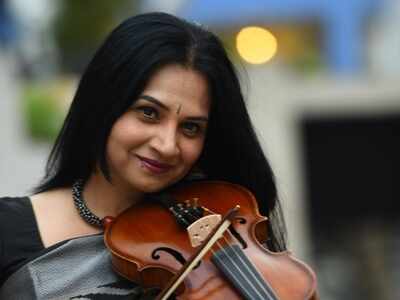

After learning Carnatic vocal under her mother, she started learning the violin under Ramakrishna Sharma, a disciple of Lalgudi Jayaraman. When she got to meet the great violinist in Mumbai, she told him that she wanted to do advance training under him.
She states that while Ramakrishna Sharma was a music teacher, Lalgudi Jayaraman was a performer, a musician, a musicologist and a teacher all rolled into one. And that made a huge difference. “When a performer is your teacher, he grooms you for the stage. It’s like going to a finishing school,” she says and elaborates, “He taught me how much music you should have and how much you should present — the balance between learning and performing, what you can perform on stage, and what your stage demeanour should be. For example, when you are learning the violin, you just play it, and you are mostly looking down. But he taught me how to face the audience as I’m playing because when hundreds of people are looking at me, I cannot establish a connect with them, my audience, if I’m looking down. So, the first grooming lesson was how to sit erect while playing the violin. He made me practice looking at myself in the mirror, saying, ‘First, look into your own eyes. If you can’t see your own eyes, where can you see the audience’,” she recalls.
She describes Lalgudi Jayaraman a treasure house of music. While he taught his style of music, he also wanted his students to express it in their own ways. Padma likens it to how the same kind of dress needs to be adapted differently to fit two different persons. “He would say, ‘The ragas are the same, the swaras are the same, but some things might suit you more than they suit me, and you will have to figure them out by yourself’. So, you will have the flavour of Lalgudi Jayaraman’s style, but still hear Padma’s music,” she states and adds that she is still developing that because it is very difficult to get out of the shadow cast by someone as legendary as Lalgudi Jayaraman. “There is nothing he hasn’t tried. So, it is a huge task,” she quips.
She calls herself “an adventurous musician” because she tries to fit in her style of music into different genres. “I’ve been lucky because the instrument I play is, as Lalgudi sir used to say, a ‘sarva vyaapi’ — omnipresent. You can see it being used in Carnatic music, western classical, film music, pop, jazz, folk… everywhere,” she gushes.
Padma feels that there is a lot of difference between an instrumentalist who has learnt vocals and one who hasn’t. “There is an amount of emotion involved when you are a vocalist. And you have the meaning of the lyrics in your heart, and that makes a lot of difference. The movement of the bow in our Indian music is called the ‘gayaki style’ — the singing style. It is important we follow this style because words are important in our music,” explains the violinist.
Adapting, rather than unlearning, is what is important when playing fusion music, she informs. “Even when I play a Christmas carol, people will remark that I’m playing a Christmas carol in Carnatic style — even if I’m not playing so. It is intrinsic. I think the beauty lies in not adapting entirely, but giving the music a part of your culture. I don’t think any music tradition has the kind of gamakas that Carnatic music has,” she states.
Padma has also dabbled in film music, playing for the likes of Karthik Raaja, Harris Jayaraj, and Achu. She has also been part of the re-recording of many films. “The precision of re-recording is amazing. In a classical background, you have a free style. In a film set-up, you will get 10 seconds in which you need to play three bars, so your precision has to be higher and that is what I find challenging,” she says.
During the December season, she can be seen on stage as an accompanist and also as a solo violinist, and Padma says that there is quite a difference in these two roles. “As an accompanist, you are mainly complementing the vocalist, while in a solo concert, you are the queen,” she describes.
In December 2017, she had the honour of playing at the prestigious Savai Gandharva Bhimsen Mahotsav, as a soloist, the first Carnatic violinist to do so. “It was an audience of 12,000 people and I played abhangs on the violin. I played Purandaradasa’s Bhagyada Lakshmi Baramma, not in our traditional style, but the way Bhimsen Joshi sang. That was very well received,” she shares.
She admits that Chennai is full of purists, “but if you get them to nod their heads and say, ‘Bhesh’ or ‘Bhale’, then you can make your mark in any corner of the world”. “We also have people who like explorations and experimentations by musicians, especially among the younger generation. The audience is opening of late,” she feels.
The Margazhi music festival had to contend with natural disasters for the past couple of years, resulting in fewer audiences, but this season, too, the audience hasn’t increased a lot, Padma feels. “A lot of our music is being freely webcast, so many people have started to feel that it is a big task to go to listen to live music. This is quite sad because when you listen to music in a live ambience, it is a totally different experience; it’s just like how there is a huge difference between watching a movie in a theatre and in your home. The energy you feel in a live concert is totally stimulating,” she says.
She also agrees that there are so many concerts happening during the season that the audience gets confused. “There is too much choice. We’ve got into a situation where there is a kutcheri happening every other street,” she feels. But she thinks that giving opportunities to youngsters is a good thing. “Performing is very different from learning. When someone gets on to the stage to perform, it is a different ball game. No matter the size of the audience, if you are on stage and facing a bunch of people sitting in the audience, that becomes a learning experience. The audience for the early morning concerts and the junior concerts are usually families of the youngsters cheering them on, but every musician has passed that stage,” she says.
She also feels that social media has to lead to the audience opening up to younger talents and leading to discovery of many talents. “It is much better than what we had. In our days, it was usually our guru’s recommendation or word-of-mouth that led to audiences turning up for our concerts, but now, almost every budding musician has a YouTube page. They are advertising their concert on Facebook and people become aware of it and go check their work online and decide to attend their concerts, which is great,” she
signs off.
End of Article
FOLLOW US ON SOCIAL MEDIA
